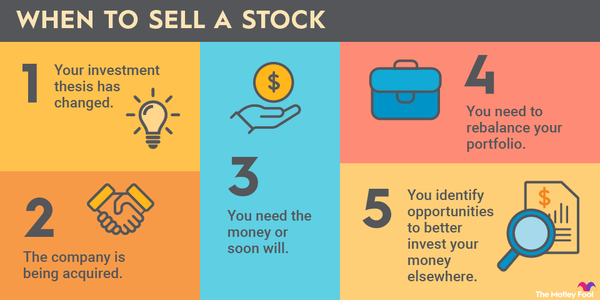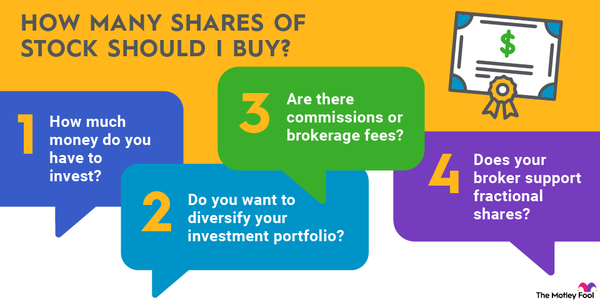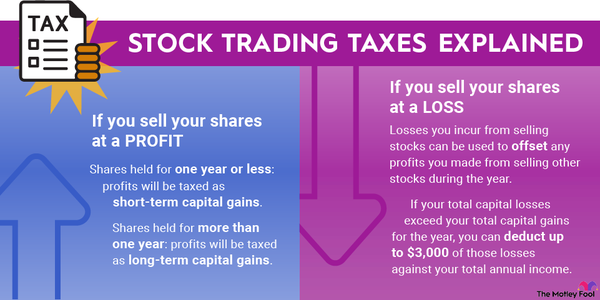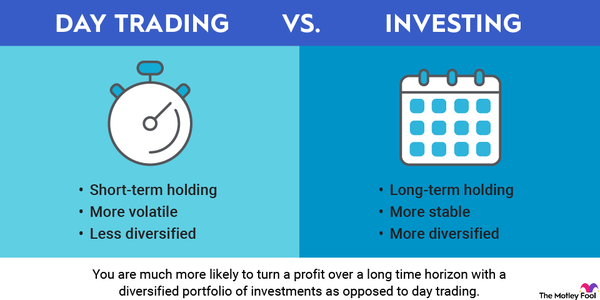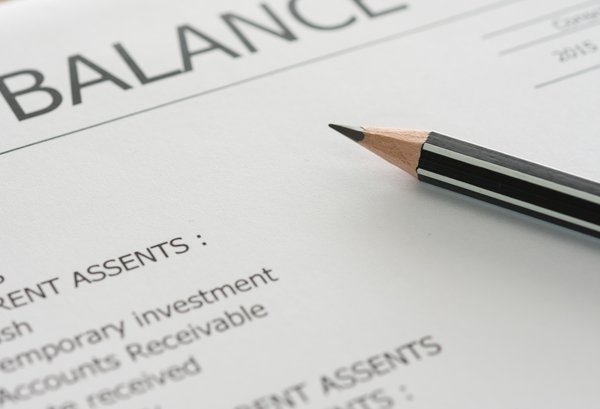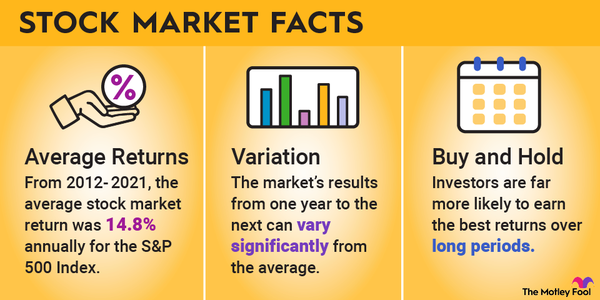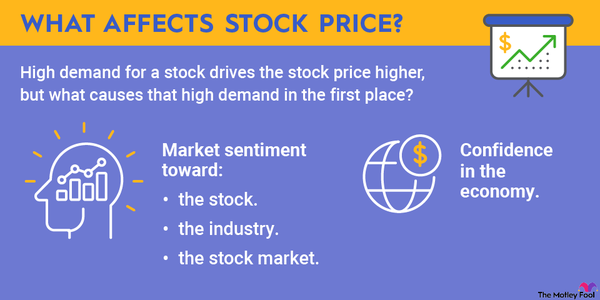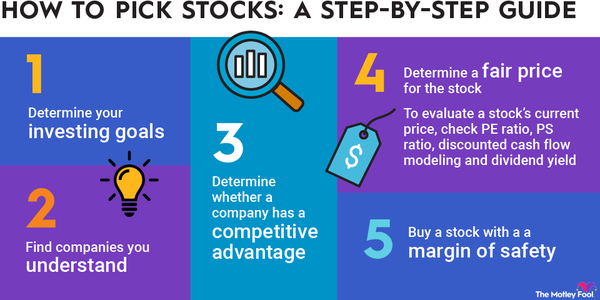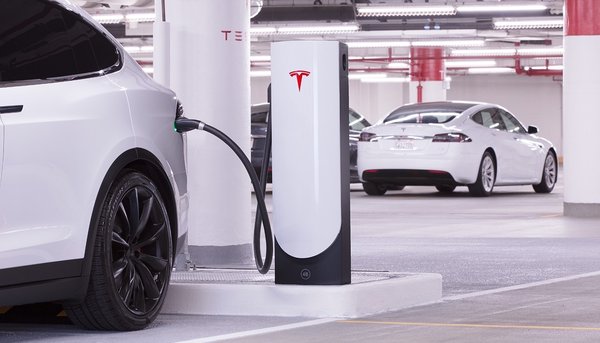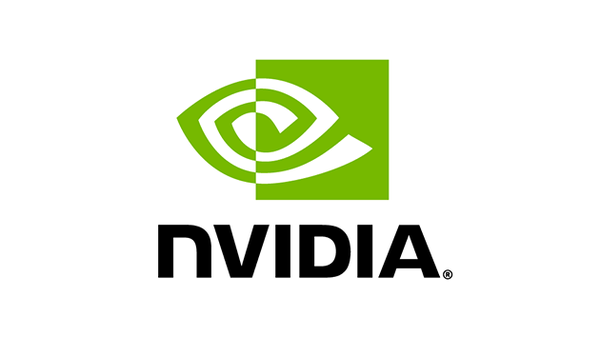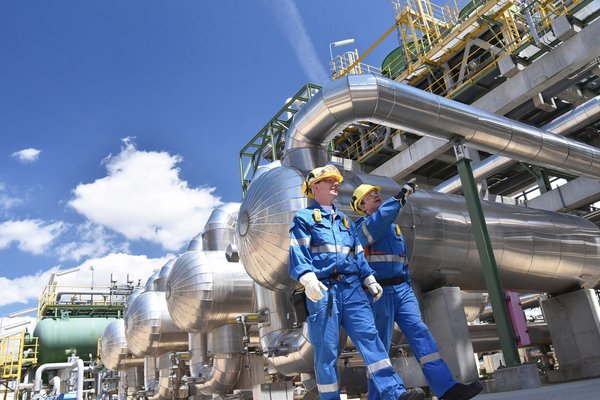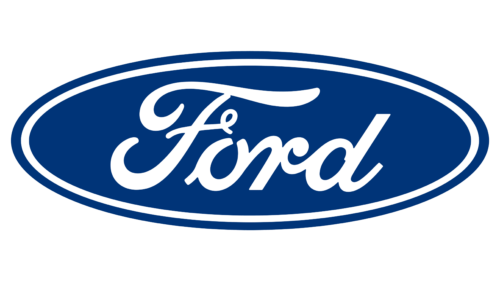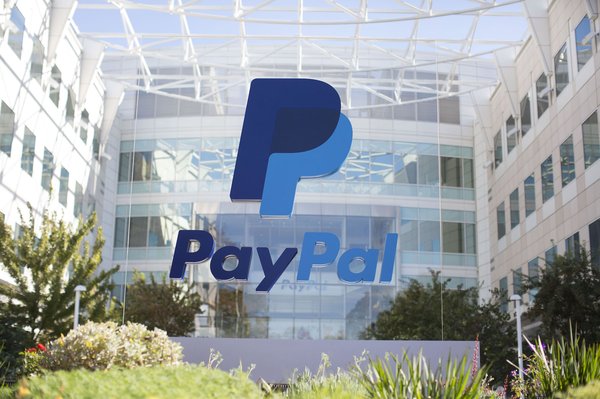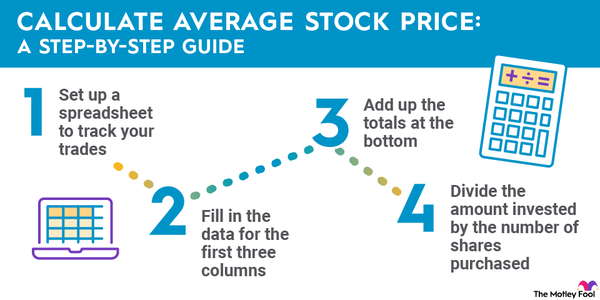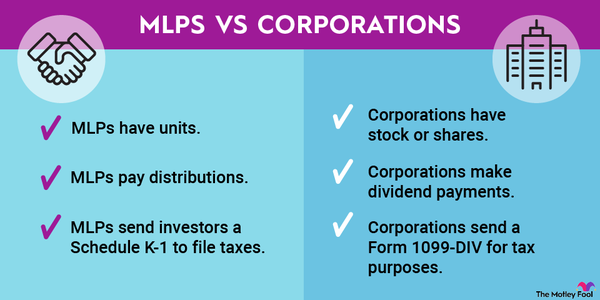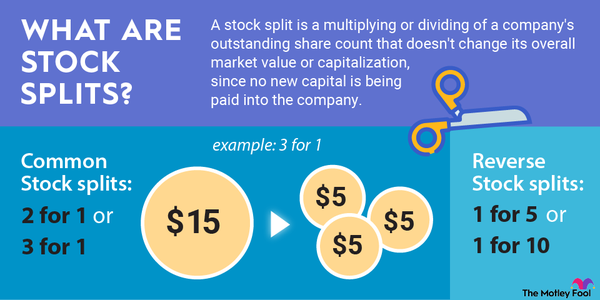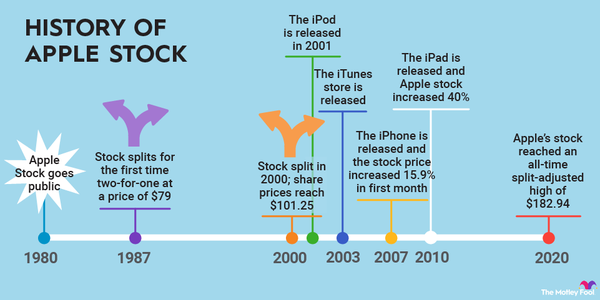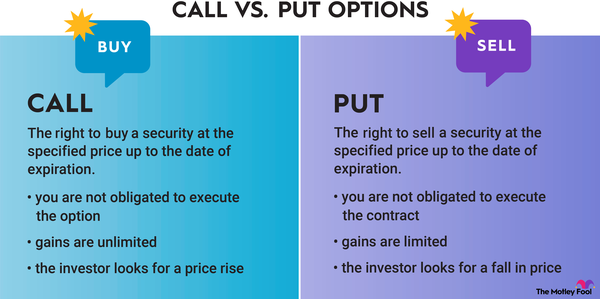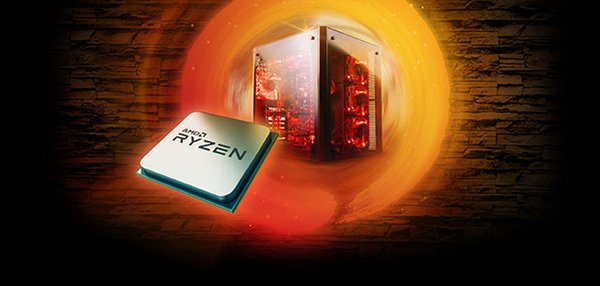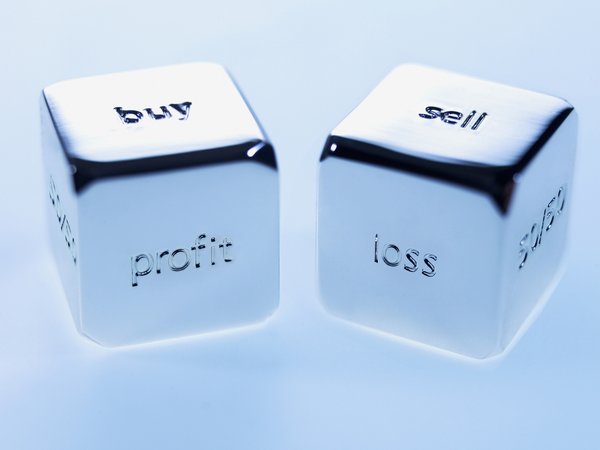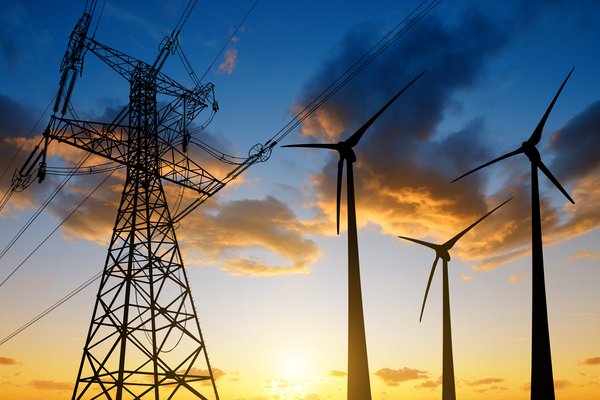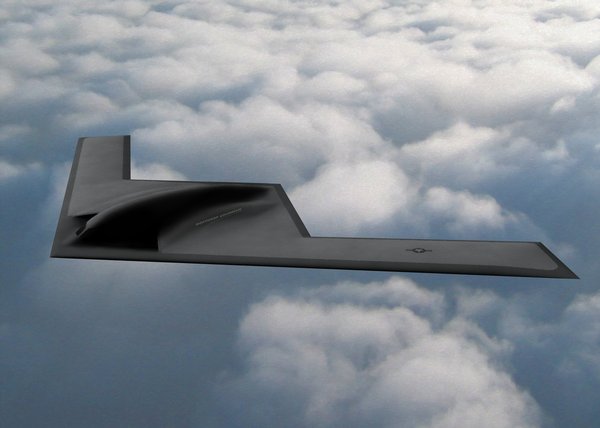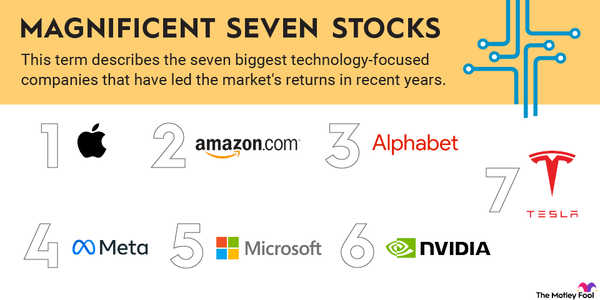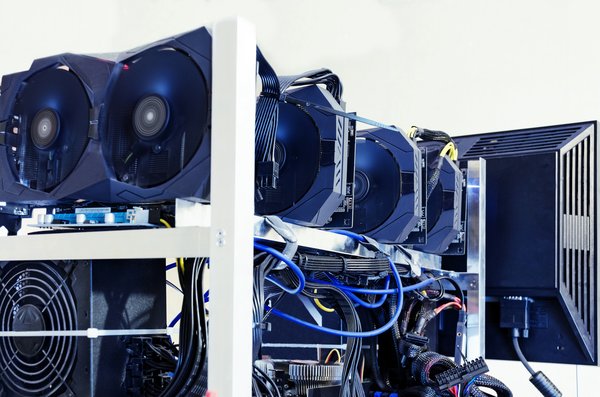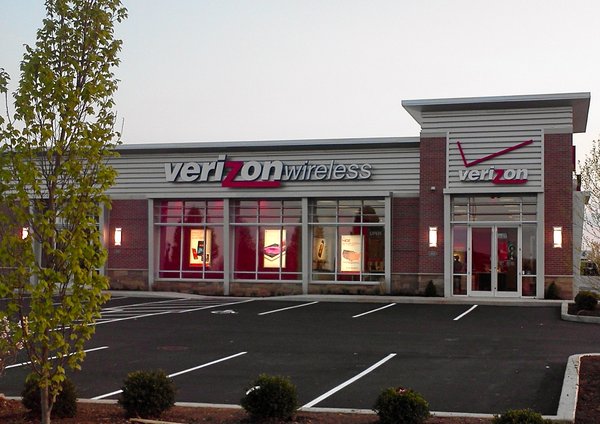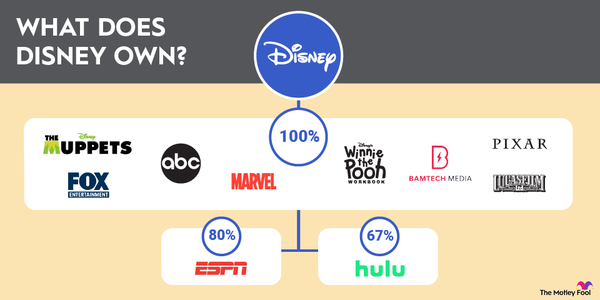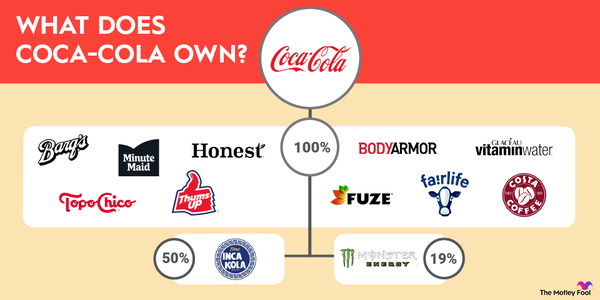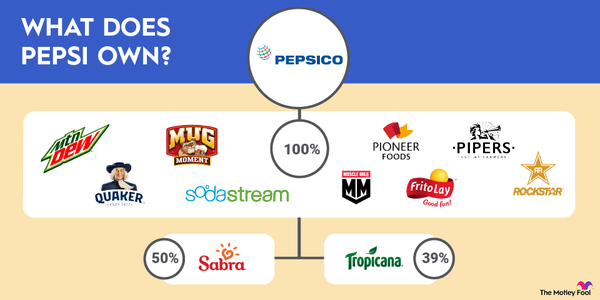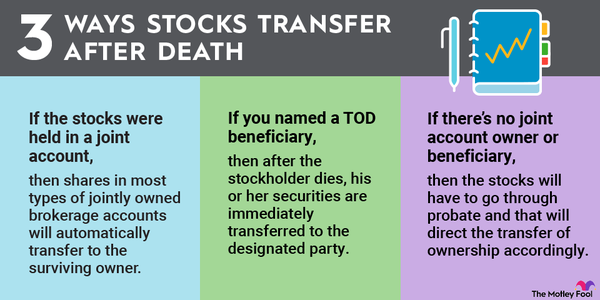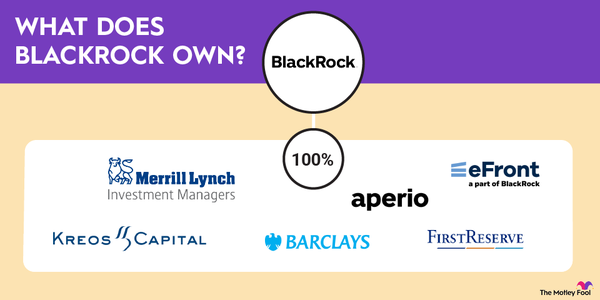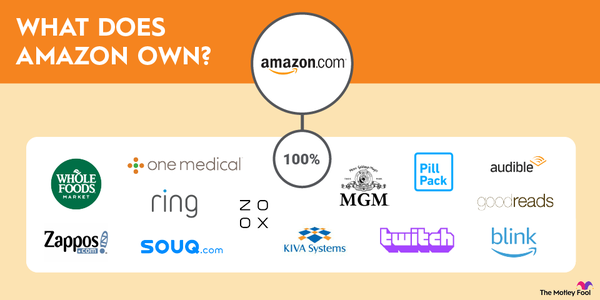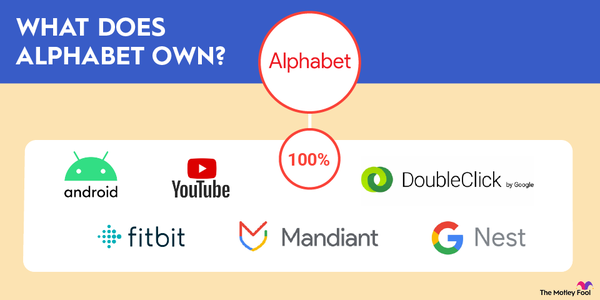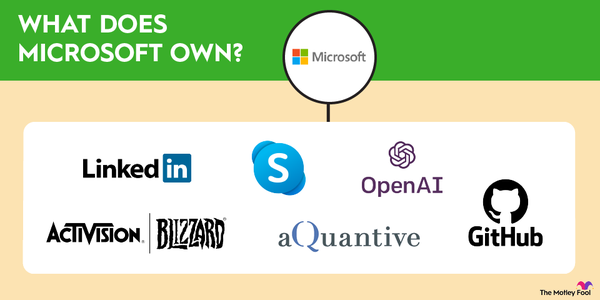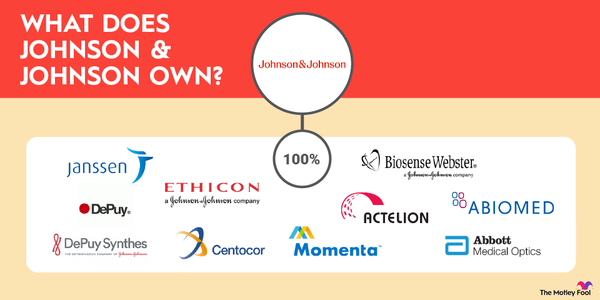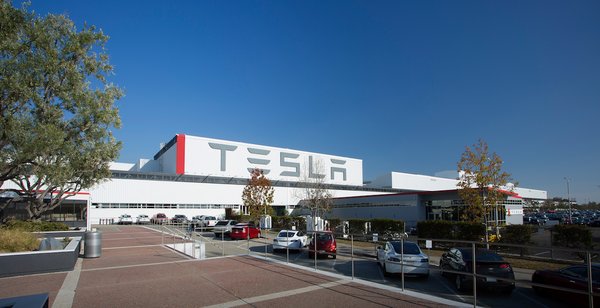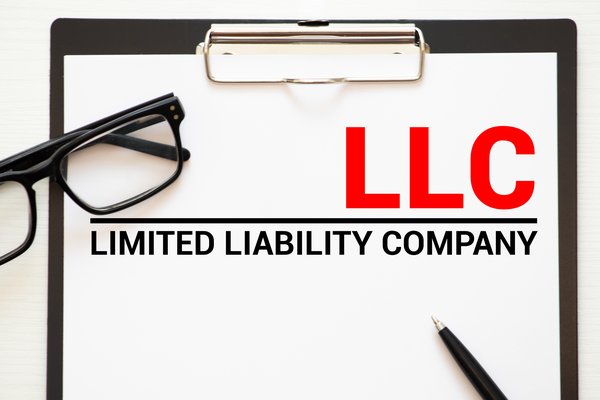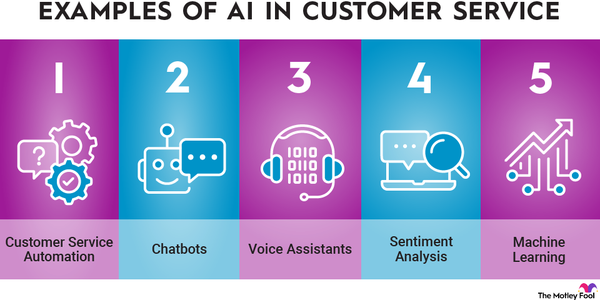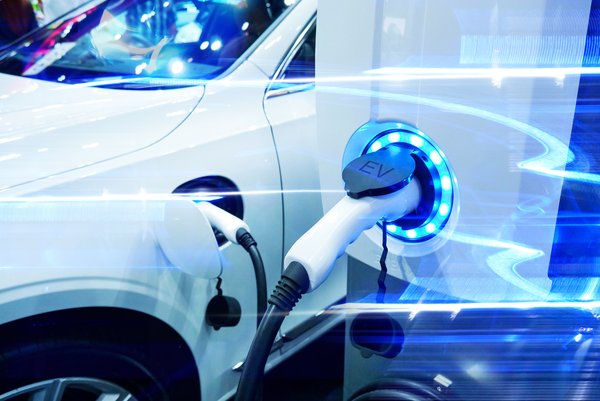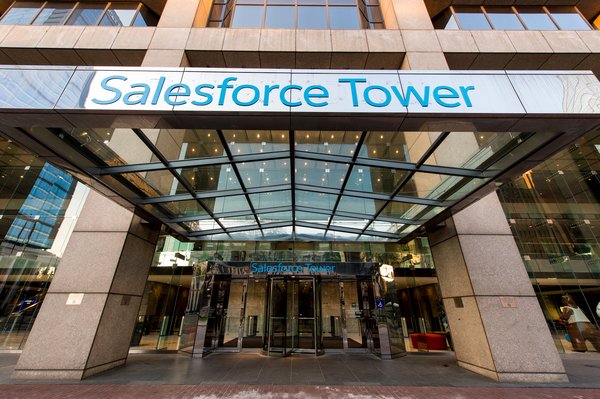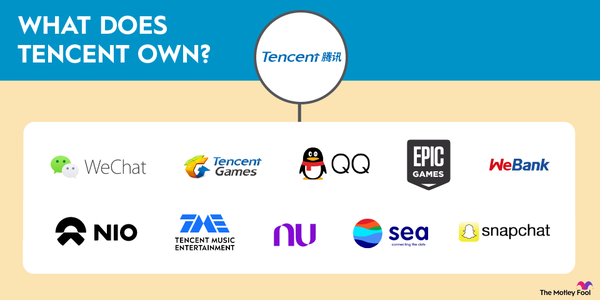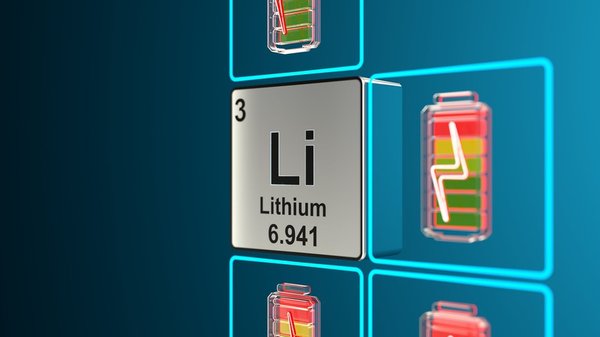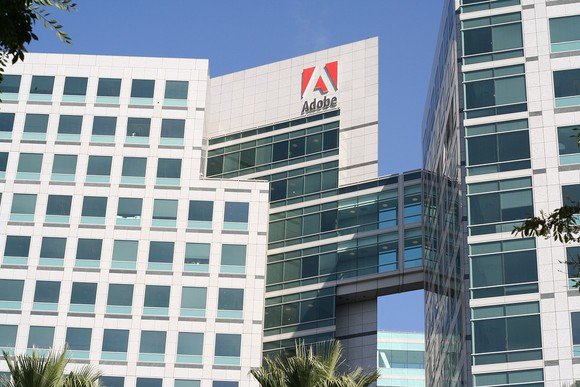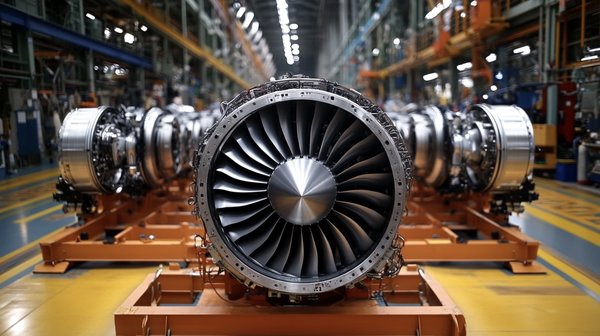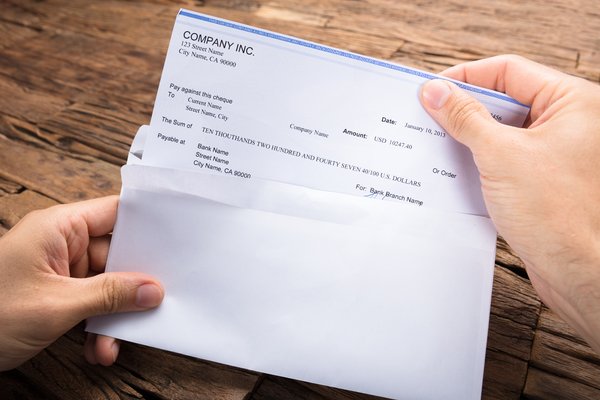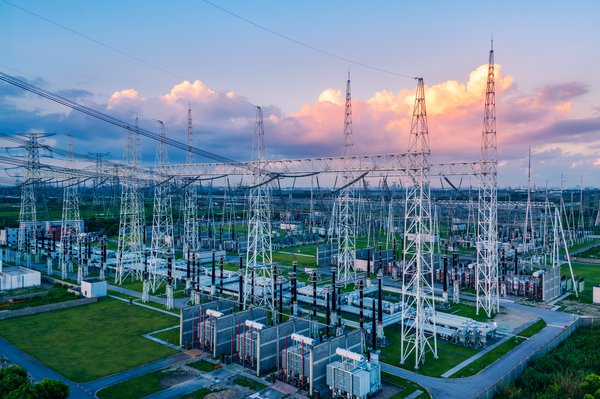TerraPower is a startup founded by Bill Gates to provide carbon-free energy through advanced nuclear energy. In June 2024, the company broke ground on a nuclear plant in Kemmerer, Wyoming, near the site of a former coal plant. The company aims to complete the plant by 2030, but the project faces a number of regulatory and technological hurdles. Though the company has started construction on the plant, it hasn't yet received approval from the National Regulatory Commission to start building the nuclear reactor, which could be among the biggest challenges of all.
Nuclear energy fell out of favor decades ago for a number of reasons, including high-profile catastrophes like the Chernobyl disaster, concerns about radioactive waste, and the high cost. But as the need for low-carbon energy sources to supplement wind and power surges, nuclear energy is making a comeback.
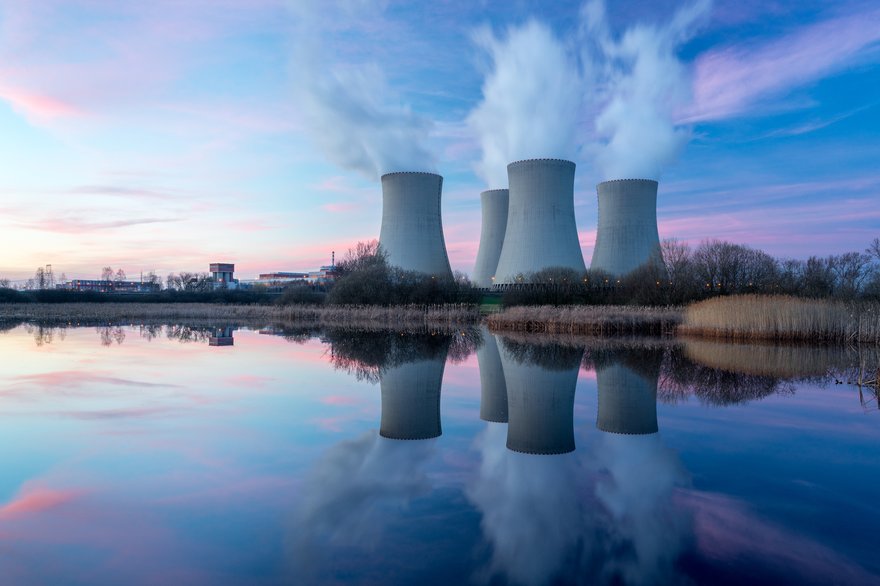
Gates founded Terra Power in 2008 with the goal of overhauling the traditional nuclear power plant design. Today, a number of companies are aiming to build smaller nuclear facilities, which have the advantage of requiring less upfront capital investment, greater scalability, and better safety and security. The proliferation of artificial intelligence (AI), which is powered by data centers and infrastructure that require huge amounts of electricity, has added to the urgency.
Worldwide, construction on more than 60 nuclear facilities is underway, many in emerging markets. But TerraPower's plant is the only one that's under construction in the U.S.
TerraPower's vision may be compelling, particularly if you want to invest in companies that are working to end dependency on fossil fuels. But the company isn't publicly traded, so it's off-limits to most investors. Read on to learn about investing in TerraPower and other nuclear power companies.
Is it publicly traded?
Is TerraPower publicly traded?
TerraPower is not publicly traded. If you're an accredited investor -- meaning you have a net worth of at least $1 million, an annual income of $200,000 (if you're single) or $300,000 (if you're married), or a securities license -- you may be able to purchase shares through a platform like Forge Global (FRGE 3.12%) or EquityZen. However, you can't buy TerraPower stock through a standard brokerage account.
IPO
When will TerraPower IPO?
TerraPower has not announced plans for an IPO and seems unlikely to do so in the near future. The company doesn't expect to complete its flagship project, the Natrium reactor, until 2030 at the earliest -- and similar projects have faced long delays. With no steady stream of revenue, the capital-intensive business may not be appealing to investors.
The company has also raised significant money through private funding, as well as support from the U.S. government, so it may have less pressure to raise money through a public offering. In late 2022, Terra Power had raised $830 million in capital in an effort led by Gates, SK Inc., and SK Innovation. The Department of Energy has pledged $2 billion to support the Wyoming nuclear power plant project.
IPO
How to invest
How to buy TerraPower stock
Most investors can't buy TerraPower stock since it's not a publicly traded company. However, you can buy stock in similar companies by following these four steps.
- Open a brokerage account: You'll need a brokerage account before you can buy or sell stocks. You can open a brokerage account online in a few minutes by providing some personal information, like your name, date of birth, Social Security number, and your employer's name and address. You'll also need to deposit money before you can start trading.
- Make a budget. Before you start investing, having a budget is a must. Decide how much you can afford to invest without compromising your finances. You should have both an overall investment budget and a budget for any individual company you invest in. Diversification is essential to managing risk, so ideally, any one company won't account for more than 5% to 10% of your investing budget.
- Do your homework. Before you put money into any company, do your research. Make sure you understand the nuts and bolts, like how it makes money, its economic moat, its competitors, and the potential challenges ahead for both the individual business and its industry as a whole. Though you can't buy TerraPower stock just yet, here are three related stocks that anyone with a brokerage account can buy.
Cameco
Cameco (CCJ -0.89%) is a Canada-based company that's one of the top publicly traded uranium producers in the world. Nuclear power plants use a process called nuclear fission, where atoms are split apart to release a large amount of energy. A type of uranium called U-235 is commonly used by nuclear plants because its atoms are easily split apart.
As demand for nuclear energy surges, long-term uranium contract prices recently reached levels not seen since 2008, Reuters reported. Cameco, which has extensive reserves and focuses on long-term contracts to supply uranium and fuel services directly to nuclear facilities, will likely continue to benefit from the growing demand for nuclear energy.
Oklo
Oklo (OKLO 2.67%) is a nuclear power company that went public in May 2024 via a special purpose acquisition company (SPAC), raising more than $300 million. The company has received backing from OpenAI CEO and co-founder Sam Altman, who serves as Oklo's board chairman. Oklo seeks to build scalable nuclear power facilities and plans to start construction on its first small modular reactor in 2027 at the Idaho National Laboratory.
Investing in Oklo is a gamble, though, since the company has yet to generate revenue or break ground on projects. Plus, SPACs are inherently risky since they're essentially "blank check" companies that often lack transparency. Any investment in Oklo should be considered speculative.
Constellation Energy
Constellation Energy (CEG 0.82%): Constellation Energy provides a diversified mix of energy products and is the largest operator of nuclear power plants in the U.S. by capacity. The Baltimore-based company is seeking to build small modular reactors for its existing sites that could help power data centers and other large industrial customers.
Constellation Energy saw its stock soar through the first half of 2024 and is forecasting strong earnings growth as demand for nuclear energy is expected to keep climbing. With its strong financial outlook, the company has boosted its modest dividend and repurchased about $2 billion of its common stock.
4. Place an order. If you've opened and funded your account, made your budget, and done your research, you're ready to place your first order. To do so, you'll need to enter the stock's ticker, the number of shares or dollar value of your investment, and whether you're placing a market order or limit order. Once you've entered that information, you'll receive a preview order. Check to make sure everything is correct before placing your order.
Should I invest?
Should I invest in TerraPower?
It's not possible for most people to invest directly in TerraPower, but you can invest in other companies that are involved with nuclear energy.
Consider investing in nuclear energy stocks if:
- You believe that nuclear energy provides a cleaner alternative to fossil fuels and can help propel global efforts toward zero-carbon policies.
- You have a long time horizon and are willing to stay the course through the many regulatory and technological challenges that are likely to arise in developing new facilities.
- You believe nuclear energy companies will benefit from strong government support.
- You expect that interest rates will drop, making it cheaper to borrow money for the enormous costs associated with developing nuclear energy facilities.
You might want to avoid nuclear energy stocks if:
- You have ethical qualms about nuclear energy and the potential for hazardous waste, catastrophic accidents, and the possibility of the technology being used to develop nuclear weapons.
- You're concerned about uranium supply constraints since demand for uranium is expected to soar by 27% through 2030 while mining capacity is somewhat limited.
- You're worried that the exhaustive process of obtaining permits and approvals from government agencies could doom many projects.
- You're counting on quick profits or dividend income.
Profitability
Is TerraPower profitable?
As a private company, TerraPower isn't required to disclose financial information to the U.S. Securities and Exchange Commission (SEC). However, it's highly unlikely that TerraPower is profitable at this point, given that the advanced nuclear technologies it's developing are still in the early stage and the incredibly high costs of building nuclear power facilities.
For context, Georgia Power Co. (GPJA 0.32%) recently completed construction of two made-from-scratch nuclear power facilities at a cost of almost $35 billion, more than double the original $14 billion estimate, according to the Associated Press.
ETFs
ETFs with exposure to TerraPower
Since TerraPower isn't a publicly traded company, you won't find any exchange-traded funds (ETFs) that offer exposure to the stock. However, you can get exposure to similar companies with these three ETFs:
- VanEck Uranium and Nuclear ETF (NLR 0.1%): The NLR ETF invests in 27 companies involved in uranium mining, as well as those involved in the production of electricity from nuclear sources, the construction of nuclear power facilities, or the development of related technologies. The fund has a gross expense ratio of 0.64%, which means you'd pay $6.40 in fees on a $1,000 investment annually.
- iShares MSCI ACWI Low Carbon Target ETF (CRBN 0.7%): The CRBN ETF invests in almost 1,100 mid- and large-cap companies that have a lower carbon footprint than the broad market. Though it's not a pure play on nuclear energy, the fund is worth considering if you want to invest in companies reducing their carbon footprint or working toward carbon zero. The fund's expense ratio is 0.20%, meaning you'd pay $2 in fees if you invested $1,000.
- Vanguard ESG U.S. Stock ETF (ESGV 1.21%): If you're interested in the general concept of sustainable investing, the ESGV ETF deserves a look. The fund has more than 1,400 holdings that are screened for various ESG criteria. Its expense ratio is 0.09%, translating to $0.90 on a $1,000 investment.
Related investing topics
The bottom line on TerraPower
TerraPower aims to address one of the most vexing problems of the 21st century by providing a low-carbon source of energy that can fuel emerging technologies. Although it's not open to most investors, it's certainly worth keeping an eye on the long road ahead if you're interested in clean energy solutions.
FAQ
Investing in TerraPower FAQ
How do I buy stock in TerraPower?
It's not possible to buy stock in TerraPower at this point unless you're an accredited investor. If you're an accredited investor, you may be able to locate shares on a platform like Forge Global or EquityZen.
What is the TerraPower stock symbol?
TerraPower doesn't have a stock symbol because it is not publicly traded.
Is there a way to invest in nuclear energy?
You can invest in several companies that are focused primarily on nuclear energy or uranium production. You can also invest in some traditional electric service providers and utilities that are developing nuclear energy technologies.
Is TerraPower publicly traded?
TerraPower is a private company that is not traded on a stock exchange.












